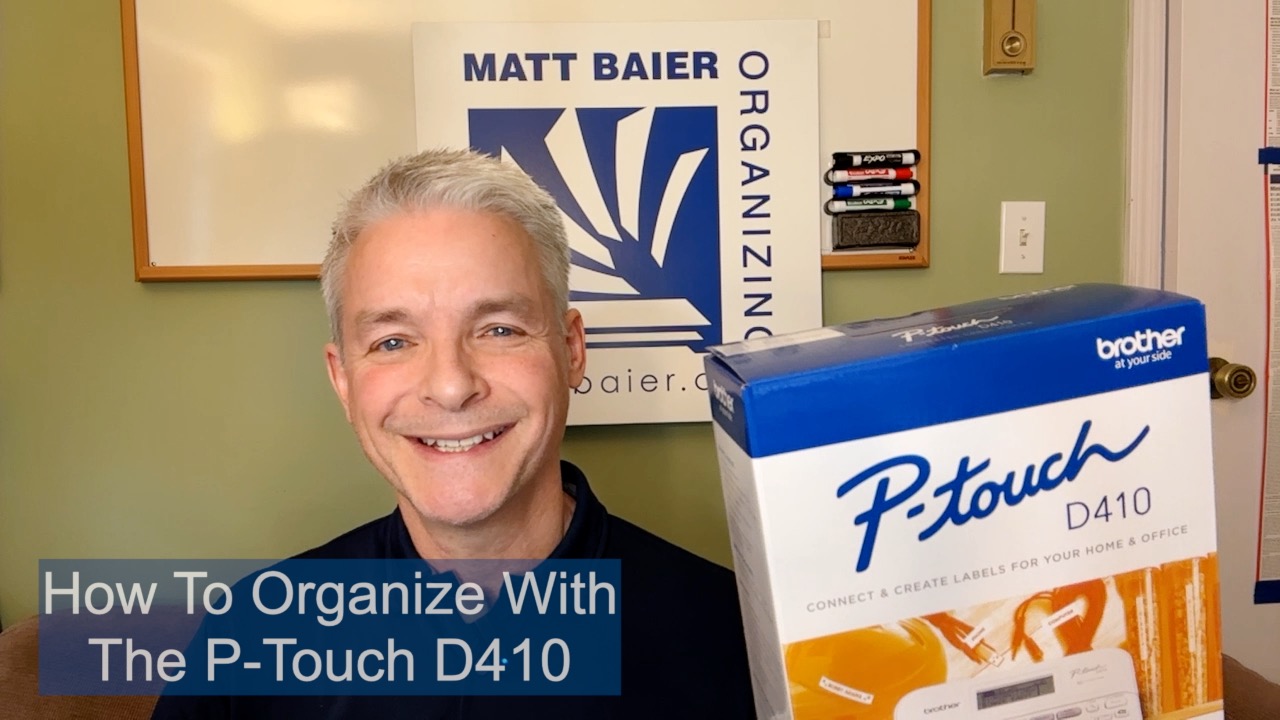Getting started with organizing old family photos can be as easy as A.B.C. I learned that from my friend Ann Zanon of A2Z Organizing in Houston, Texas. Ann is a member of APPO, the Association of Personal Photo Organizers. A while back Ann joined me on Better Connecticut to discuss photo organizing. One of the points we made is that organizing your photos is definitely a project, not a task. So plan on giving it the time it needs and plan on doing it in stages.
Sort by A.B.C.
So if it’s such a big project, how can we say that it is easy as A.B.C.? All organizing projects can first be broken down into two parts: getting organized and staying organized. More on staying organized in a minute, but getting your photos organized requires another simple division. That’s where the A.B.C’s come in. Just to be clear, we are talking about your old printed photos. Digital photo organizing is another story
Tools for the job
The most important tool you need is a clear work surface. So if you are working in a cluttered room, I would tackle that first. You need a clear space to collect all your shoeboxes and albums in one area and a clear surface for processing. Next, you need three bins (clear shoe boxes are good), labeled A, B, and C. Keep a pencil on hand to indicate a date or event on the back of a photo, if it comes to mind.
Work quickly
With your clear surface and three bins in place, pull out your loose photos and start sorting. It’s a very simple sort. Your best photos go in the A bin. Photos that may not be your best, but you just can’t get rid of, go in the B bin. Photos that are duplicates or bad shots go in the C bin. Try to work quickly and don’t overthink it. The options are very simple at this point. It’s just about prioritizing the quality of the photos. This is not the time to think about what you are going to with them. That comes later. If you have the time, it may be worth pulling prints from albums with the “magnetic” pages. They are not acid-free and can damage your old photos.
Acting on priorities
It’s very easy to act on the C photos. They go straight into trash. There’s no good reason to keep them. The B photos can just be kept in plastic shoe boxes of acid-free archive boxes. You might want to do a very general labeling by year or major event (e.g.trip to Europe). Don’t over-organize. Just do enough to help the process of elimination when looking for a photo to supplement your A photos. Speaking of your A photos, these are the ones to showcase. One simple rule I find with keepsakes in general is that the less you keep, the more you value. Photos are no exception.
Everything and Nothing
Whenever you see a news broadcast of the after effects of a natural disaster, you hear the same thing. “I lost everything. I lost all my family photos.” Photos represent memories. All the other stuff can be replaced, but the memories cannot. Having photos saved digitally can help with that loss. More on that a little later. I would argue that there is another loss that competes with being left with nothing. That is the loss of keeping everything. What I mean is, if you have every photo hidden away, then none of it feels accessible. Keeping everything makes it not only inaccessible, but less shareable. This can be solved by, again, scanning and digitizing your photo prints.
Recognizing advantages
Today we take digital photos and they are immediately shareable by social media. That’s a great thing. However, we are even less inclined to organize our photos. Why? Because there are no limits. With film there was a limit to how many shots you could take, maybe 24 or 36. You were careful with what shots you took because you paid for every one. When you finished a roll of film you had to get it developed. While you may not have felt compelled to get them into an album, you did have objects. When you have objects in front of you, they have to go somewhere, even if it’s just a shoebox. Strangely, that was an advantage to the prints. While we can easily share individual digital photos, we are less inclined to create shareable collections.
Systems to keep photos organized
Once you have gotten your photos organized, what’s a good way to keep them organized? A good system for organizing photos needs to be safe, accessible, and shareable. All of these elements have never been easier than they are today. Digital photos can be saved on a computer, on a drive, or in the cloud. Digital photos can be organized in your computer and shared with social media and beautiful photo books. You can find reviews for some of the best photo book printing services here.
Getting help
A great Stamford, Connecticut service that I recommend for showcasing your photos and videos is Picture Perfections. Arline Melzer, the owner, does personalized photo books and so much more, including Found Memories videos. If you are looking for photo organizing help outside Fairfield county, check out APPO. (Of course, if you are in the Houston area, check out A2Z Organizing.)
If you just need some help getting started sorted through all your old prints, please contact us. We’ll make it as easy as A.B.C.!
Please Share With Your Community
















